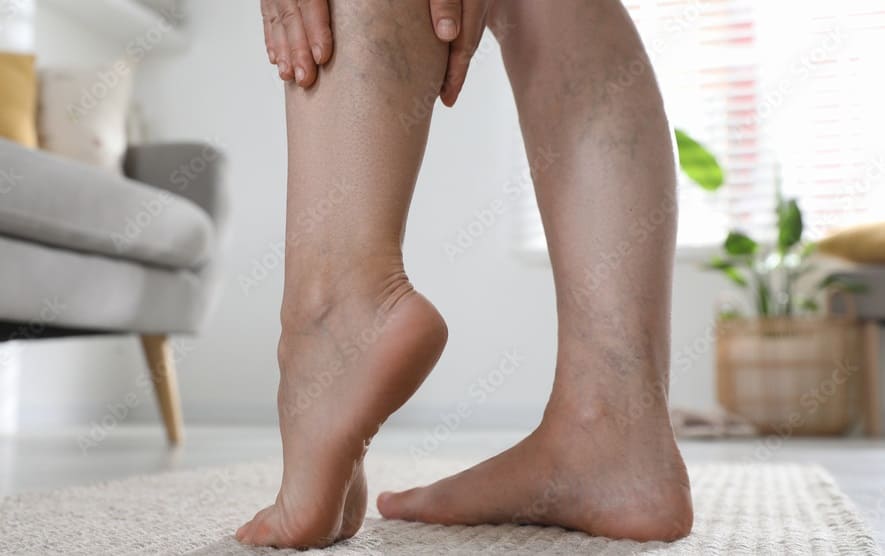Your body has a way of giving you signals when something isn’t quite right. One of these signs might appear in your legs, and if you notice it, you should pay close attention—it could be a sign that your blood levels are lower than they should be.
Leg Symptoms That Could Mean You Have Low Blood Levels
If you experience frequent numbness, tingling, or unexplained paleness in your legs, it could be a sign of anemia or poor circulation caused by a decrease in red blood cells. Other symptoms to watch for include:
- Unusual fatigue and weakness
- Shortness of breath
- Dizziness or lightheadedness
- Cold feet, even in warm conditions
- Slow-healing wounds or bruises on your legs
- Swelling or cramping in the legs
- Restless leg syndrome, particularly at night
Why Does This Happen?
Blood is responsible for carrying oxygen and nutrients to all parts of your body. When your blood levels are low, either due to anemia, blood loss, or certain medical conditions, your extremities—especially your legs—may not get enough oxygen. This can lead to these warning signs.
Possible Causes of Low Blood Levels
- Iron Deficiency Anemia – The most common cause of low red blood cell count, often due to poor diet or blood loss.
- Vitamin B12 Deficiency – Essential for healthy blood cell production, and its deficiency can cause nerve-related symptoms.
- Chronic Blood Loss – Conditions like ulcers, heavy menstruation, or internal bleeding can lead to low blood levels over time.
- Bone Marrow Disorders – Certain medical conditions, like leukemia or aplastic anemia, can affect blood cell production.
- Poor Circulation – Conditions like peripheral artery disease (PAD) can limit blood flow to the legs, causing pain and coldness.
- Kidney Disease – Chronic kidney conditions can lead to anemia due to reduced production of erythropoietin, a hormone essential for red blood cell production.
- Diabetes – High blood sugar levels can damage blood vessels, leading to circulation issues in the legs.
- Heart Conditions – Congestive heart failure and other cardiovascular diseases can impair blood flow to extremities.
When to See a Doctor?
If you notice persistent symptoms in your legs along with fatigue or dizziness, it’s important to consult a healthcare professional. A simple blood test can determine if your red blood cell levels are low and help identify the cause. Ignoring these symptoms could lead to complications such as severe anemia, increased risk of infections, or even cardiovascular problems.
What Can You Do?
- Eat Iron-Rich Foods – Leafy greens, red meat, beans, lentils, tofu, and fortified cereals can help boost iron levels.
- Take Vitamin Supplements – Especially iron, B12, and folate if recommended by a healthcare provider.
- Stay Hydrated – Proper hydration supports circulation and overall blood volume.
- Exercise Regularly – Activities like walking, cycling, and yoga promote blood flow and overall cardiovascular health.
- Manage Underlying Conditions – Treating anemia, PAD, diabetes, or other related issues is crucial for maintaining healthy blood circulation.
- Avoid Smoking and Excessive Alcohol – Both can interfere with circulation and blood cell production.
- Monitor Your Symptoms – Keep track of any changes and discuss them with your doctor to catch potential issues early.
Final Thoughts
Your legs can tell you a lot about your health. If you notice symptoms like persistent numbness, coldness, or paleness, don’t ignore them. It might be your body’s way of telling you that your blood levels are lower than normal. Paying attention to these signs early and seeking medical advice can help prevent more serious health issues in the future.
